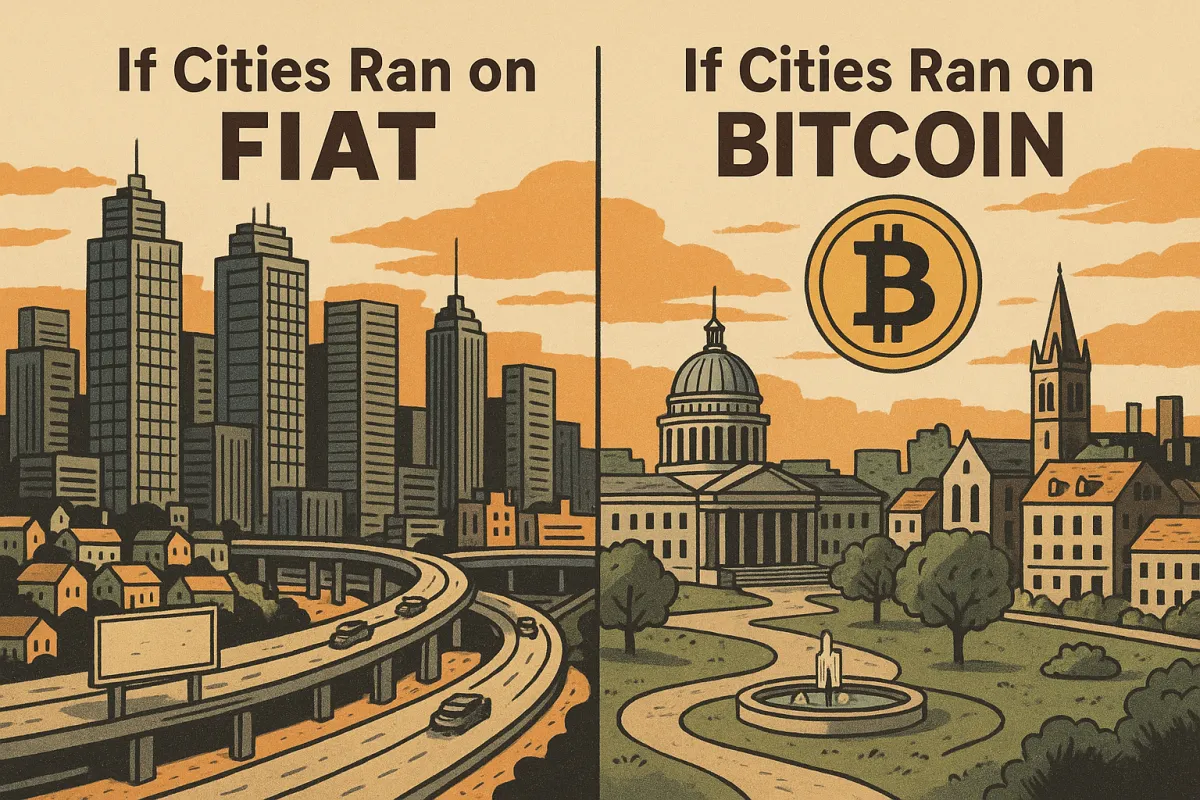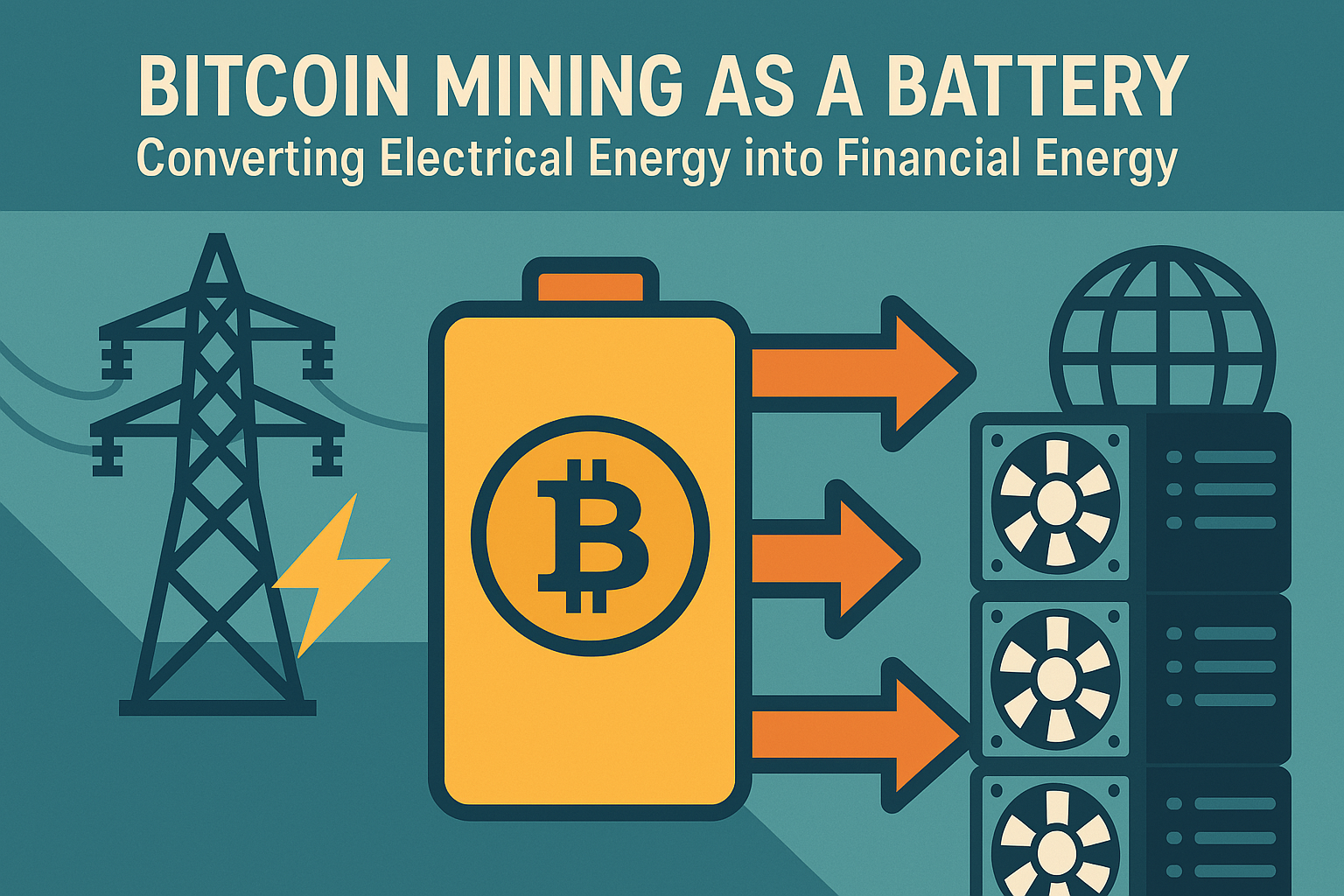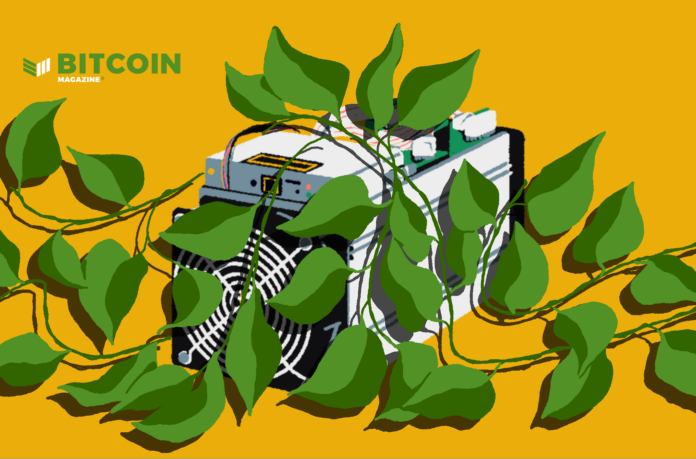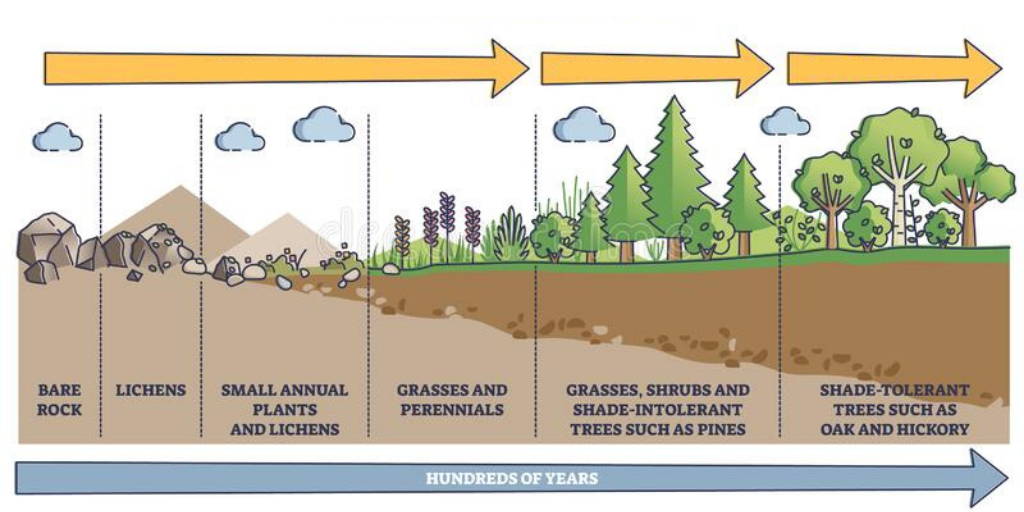ENVIRONMENTAL CASE
for BITCOIN
ENVIRONMENTAL CASE
for Bitcoin
Explore a curated collection of articles, videos, and research that dive into Bitcoin’s environmental impact, energy use, and sustainability efforts.

“Energy use is not a flaw of Bitcoin—it’s what gives it strength, security, and independence.”
– Lyn Alden

“Energy use is not a flaw of Bitcoin—it’s what gives it strength, security, and independence.”
– Lyn Alden
Featured

If Cities Ran on Fiat vs. If Cities Ran on Bitcoin
Cities are mirrors of the money that builds them. Streets, markets, and skyscrapers don’t emerge from thin air — they reflect the incentives baked into the monetary system underneath. Change the money, and you change the city.
Imagine two parallel worlds: one where cities run on fiat money, and another where cities run on Bitcoin. The contrast is staggering.
The Fiat City: Built on Debt and Decay
Step into the modern fiat city. At first glance, it dazzles. Glass towers pierce the skyline. Billboards flash with ads. Highways sprawl endlessly. Yet beneath the gloss lies a system stretched thin by debt, inflated promises, and fragile foundations.
Endless Expansion
Fiat money is inflationary by design. When money loses value over time, the incentive is to spend, borrow, and build endlessly. Developers rush to pour concrete before costs rise. Cities sprawl not because of organic demand, but because cheap credit fuels expansion.
The result? Malls that die within a decade. Suburbs that stretch further each year. Infrastructure that crumbles faster than it’s repaired. Expansion is easy; maintenance is neglected.
Debt as the Blueprint
Fiat cities run on bonds and borrowing. Municipal budgets assume perpetual growth to service perpetual debt. When recessions hit, tax bases shrink, debt grows, and essential services are cut. Potholes multiply while luxury condos rise — a symptom of misplaced incentives.
Inequality on Display
In fiat cities, inequality is built into the architecture. Wealthy neighborhoods inflate property values endlessly, while poorer areas are left behind. Gentrification displaces rather than uplifts. Inflated asset prices enrich the few who already own, while the many are priced out.
Short-Term Thinking
Because fiat devalues savings, cities prioritize short-term projects. Politicians seek ribbon-cuttings before elections, not 100-year infrastructure. Maintenance is deferred. Resilience is sacrificed. The city becomes fragile, stretched like its currency.
The fiat city shines in bursts but corrodes beneath.
The Bitcoin City: Built on Scarcity and Sustainability
Now, picture the Bitcoin city. Its design emerges from very different incentives. Bitcoin is deflationary — savings grow stronger over time. With money that holds value, people think long-term. This shift in time preference transforms the city itself.
Built to Last
When savings appreciate, the incentive is patience, not haste. Buildings are designed to endure centuries, not decades. Stone, timber, and steel are chosen for longevity, not just cost efficiency. Public spaces are cared for because the community has a stake in the future.
Imagine a city where cathedrals rise again — not from religion alone, but from time horizons measured in generations.
Infrastructure as Investment
With Bitcoin, infrastructure is not a liability financed by debt but an asset funded by savings. Roads, bridges, and water systems are built for durability, not quick fixes. Maintenance is prioritized because deferred costs cannot be hidden by inflation.
The Bitcoin city is resilient. Its foundations are as hard as its money.
Equality in Access
Because Bitcoin levels the monetary playing field, access to property and investment broadens. Instead of asset bubbles driven by cheap credit, value flows toward productivity and service. Housing stabilizes as speculation cools. Communities grow where people actually want to live, not where central bank policy pushes capital.
Long-Term Civic Projects
Think of aqueducts in Rome or Gothic cathedrals in Europe. These were projects spanning centuries, funded by citizens who believed in the future of their city. Bitcoin revives this mindset. Civic art, parks, and monuments aren’t viewed as expenses but as intergenerational gifts.
Human-Scale Design
The Bitcoin city isn’t obsessed with sprawl. Without the distortion of endless credit, urban planning becomes more deliberate. Walkable neighborhoods thrive. Public spaces are central. Local businesses anchor communities. Instead of highways tearing through towns, rail and transit knit them together.
The city reflects sustainability, not speculation.
Case Study: Housing
Fiat City Housing: Mortgages inflate endlessly as banks lend against rising property values. Housing becomes an investment vehicle, not a home. Rent burdens escalate, homelessness rises, and entire generations are priced out.
Bitcoin City Housing: Homes are priced by real demand, not financial speculation. Saving in Bitcoin makes home ownership more accessible. Houses are built for durability rather than flipping. Families stay rooted; neighborhoods deepen.
Case Study: Energy
Fiat City Energy: Subsidies and short-term fixes dominate. Grids are fragile. Blackouts are common. Politicians prioritize visible projects over resilient systems.
Bitcoin City Energy: Mining integrates with the grid, stabilizing demand and monetizing stranded energy. Cities invest in renewables, using Bitcoin mining to smooth intermittency. Energy becomes abundant, local, and efficient.
Case Study: Public Space
Fiat City Parks: Deferred maintenance leaves swings rusty and fountains dry. Advertising creeps into every corner to fund budgets. Public spaces decay without constant injections of debt.
Bitcoin City Parks: With low time preference, public spaces are cherished. Parks, plazas, and libraries are seen as long-term wealth, not short-term costs. The city invests in beauty because it can.
Architecture of Trust
The difference between fiat and Bitcoin cities boils down to trust. Fiat requires faith in governments and central banks that inevitably debase. Citizens sense the fragility, and their behavior reflects it — short-term gains, quick flips, fragile structures.
Bitcoin requires no trust in rulers. Its rules are transparent and incorruptible. Citizens sense the durability, and their behavior reflects it — long-term savings, durable projects, resilient communities.
Cities, like money, are social contracts. And contracts rooted in trustless proof rather than fragile promises will shape stronger, more enduring civilizations.
Why This Matters
You may never think about your city as a reflection of money. But it is. From zoning to housing to transit to parks, every design choice reflects the incentives of the monetary system underneath.
Fiat builds cities of sprawl, debt, and fragility.
Bitcoin builds cities of durability, equity, and resilience.
The city you live in tomorrow depends on the money you save in today.
Conclusion: The City as Civilization
Civilizations are remembered by their cities. Rome left aqueducts. Florence left cathedrals. New York left skyscrapers.
The question is: what will we leave?
If fiat persists, perhaps empty malls, broken highways, and crumbling suburbs. If Bitcoin thrives, perhaps timeless cities of stone, steel, and shared beauty.
Money shapes civilization. And civilization is built brick by brick, block by block, sat by sat.
The future city is already under construction — in your savings account.
Shout out to BullishBTC.com – where we’re building the blueprint for Bitcoin cities.
Introducing Soluna’s Project Dorothy: A Wind-Powered Data Center in Texas
Bitcoin Mining: Separating Fact from Fiction
Bitcoin's Energy Consumption and its Environmental Impact
How Bitcoin Can Expand the Grid in Africa with Erik Hersman
Turning Garbage into Bitcoin with Adam Wright
Builders + Innovators Summit 2021: Crusoe Energy
OUR GOAL
Our goal is to educate others on the value of owning Bitcoin from both a financial and humanitarian perspective.
QUICK LINKS
© 2025, BullishBTC. All rights reserved.











